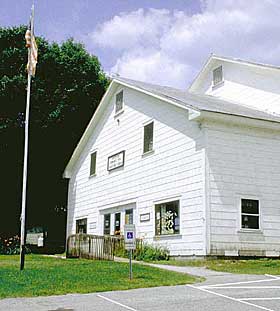Alterations and Additions
When a building or facility is renovated or altered or added to for any purpose, the alterations or additions must comply with the ADA Standards. In general, the alteration provisions are the same as the new construction requirements except that deviations are permitted when it is not technically feasible to comply. Additions are considered an alteration but the addition must follow the new construction requirements. When existing structural and other conditions make it impossible to meet all the alteration requirements of the ADA Standards, then they should be followed to the greatest extent possible.
Basic Requirements for Alterations:
• Any alteration that affects the usability of a building or facility must comply with the requirements of the ADA Standards unless technically infeasible to do so. Alterations can be as limited as the replacement of a fixture or element, such as a lavatory, toilet, or piece of door hardware.
• When an element is replaced, the new element must comply with the ADA Standards if the minimum requirements for accessibility under the ADA have not already been met.

Alterations to existing town buildings follow the alteration requirements of the ADA Standards.
• When a town alters an area of a facility that contains a primary function area, the town has an additional obligation. The town is also responsible for making the path of travel to the altered area (room or wing), as well as the toilet rooms, drinking fountains, and public telephones serving the altered area accessible. Primary function areas are those areas of a building that include the primary spaces for which the building was constructed (for example, offices or meeting areas in a town hall, locker rooms in an athletic facility, or classrooms in a school or training center). The amount of money the town must spend to provide an accessible path of travel is limited to 20% of the overall cost of the alterations. If the path of travel alterations can be done for less than the 20% limit, then only that expenditure is required. If all the required accessible features are already provided then no additional expenditure is needed.
• When a qualified historic facility is altered, an exception to the alteration requirements of the ADA Standards may be used if the alteration threatens to destroy the historic significance of the building or facility. In these situations, special provisions in the Standards may be used for the element or space that would be threatened. In almost all situations, accessible design can be used without significantly impairing the historic features of the facility.
• The ADA Standards have specific requirements for additions. Additions, which include an expansion, extension or increase of the gross floor area of a building or facility, are considered an alteration to a facility but the area that is added must comply with the new construction requirements. Each addition that affects or could affect the usability of an area containing a primary function area must meet the path of travel requirements (see above).

User Comments/Questions
Add Comment/Question